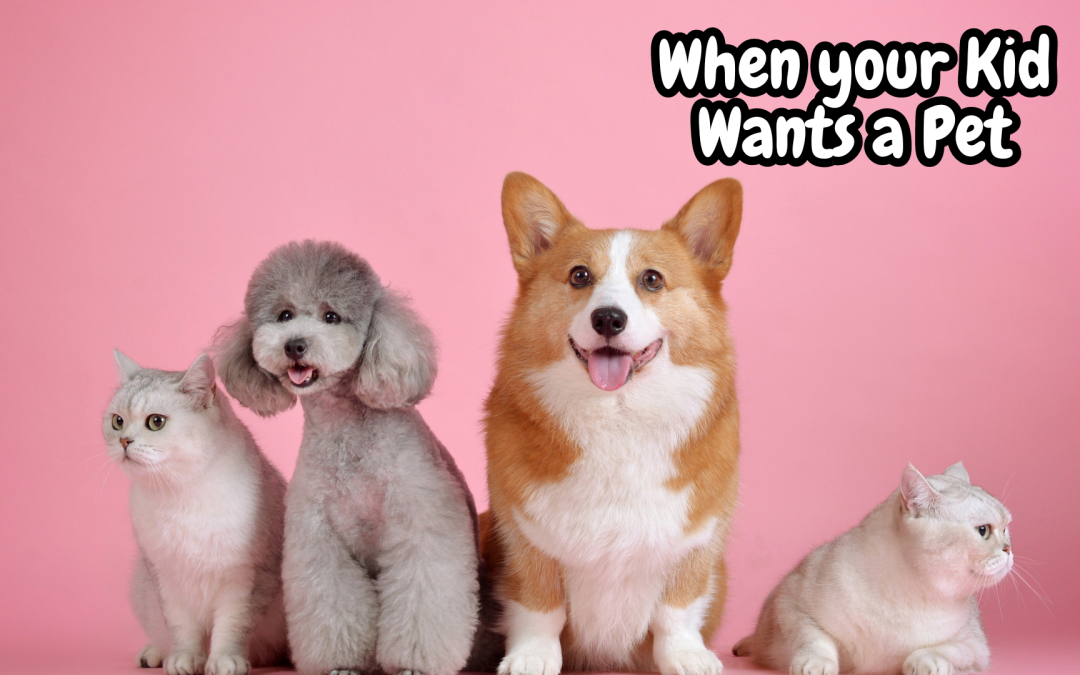You may be hearing the same phrase over and over from your kids: “When can we get a dog/cat/pet”? And whether you are ready to add a new furry friend to your household or not, it is always a good idea to think about the skills necessary for your kids to interact safely with your pets. Remember, pets are individuals too and should be treated kindly! If you are ready to visit your local animal shelter for your kids’ new best friend, be sure to instill some skills for your kids for a positive pet experience.
Realizing Boundaries
It is vital that no matter how chill of a pet you bring into your home, your children also realize the pet is a living, breathing, individual. This means that the new puppy is also not a stuffed animal, and will have their own wants and needs aside from what the children want the puppy to do. Make sure to let your kids know to give the puppy a break on occasion, and to give them space. They will want to play, hold, hug, and kiss their new pet all the time, and it is vital to make sure that they do not crowd your new pet, or make the new pet uncomfortable.
Many pet parents can easily fail to realize that pets require boundaries just like people do. Your new dog or kitten may love to snuggle, but that also does not mean they want to snuggle all the time, or when you or your kids want to snuggle. Realizing these boundaries can help develop good social skills for your children in realizing when someone wants space. This can translate to giving your new pet a couple of breaks throughout the day for rest and winding down, or simply not being in the animal’s personal space too much. Pets love us like family and we feel the same towards them, but they may not like having a child super close to their face or pushing on their hips. Even though our pets love us, they too can reach their limits (which as parents, we can all agree that there are limits) and will not enjoy hanging out with children as much if they also expect the kids to in their face.
Body Language
Parents must also realize that a pet has very different body language than us humans. This can cause some confusion for pets as what we project towards them can mean different things than we perceive, and could make them uncomfortable. This is especially true with children, so be sure to let your kids know what their actions mean to a dog or a cat so they can better understand interacting with them. For dogs and cats, direct eye contact can be a more assertive gesture, so they can get confused if you are staring at them for a significant amount of time (especially if you are close to them). Dogs will also yawn if they are stressed, look away or turn their head away from the stressor, which could be you or your kids if they are feeling cramped. Be sure to teach your kids how to be around their new pet for years and years of continued friendship!
Katie Kyzivat
